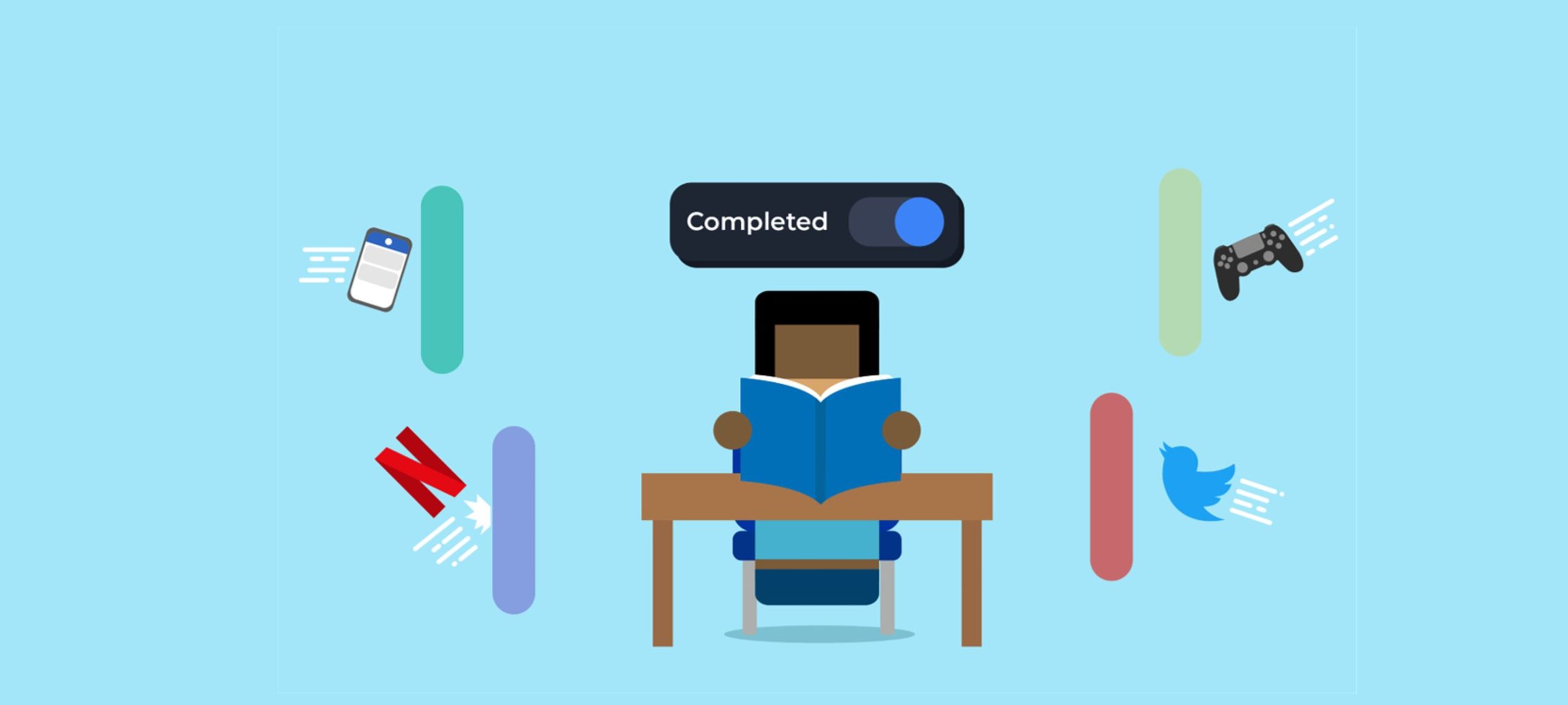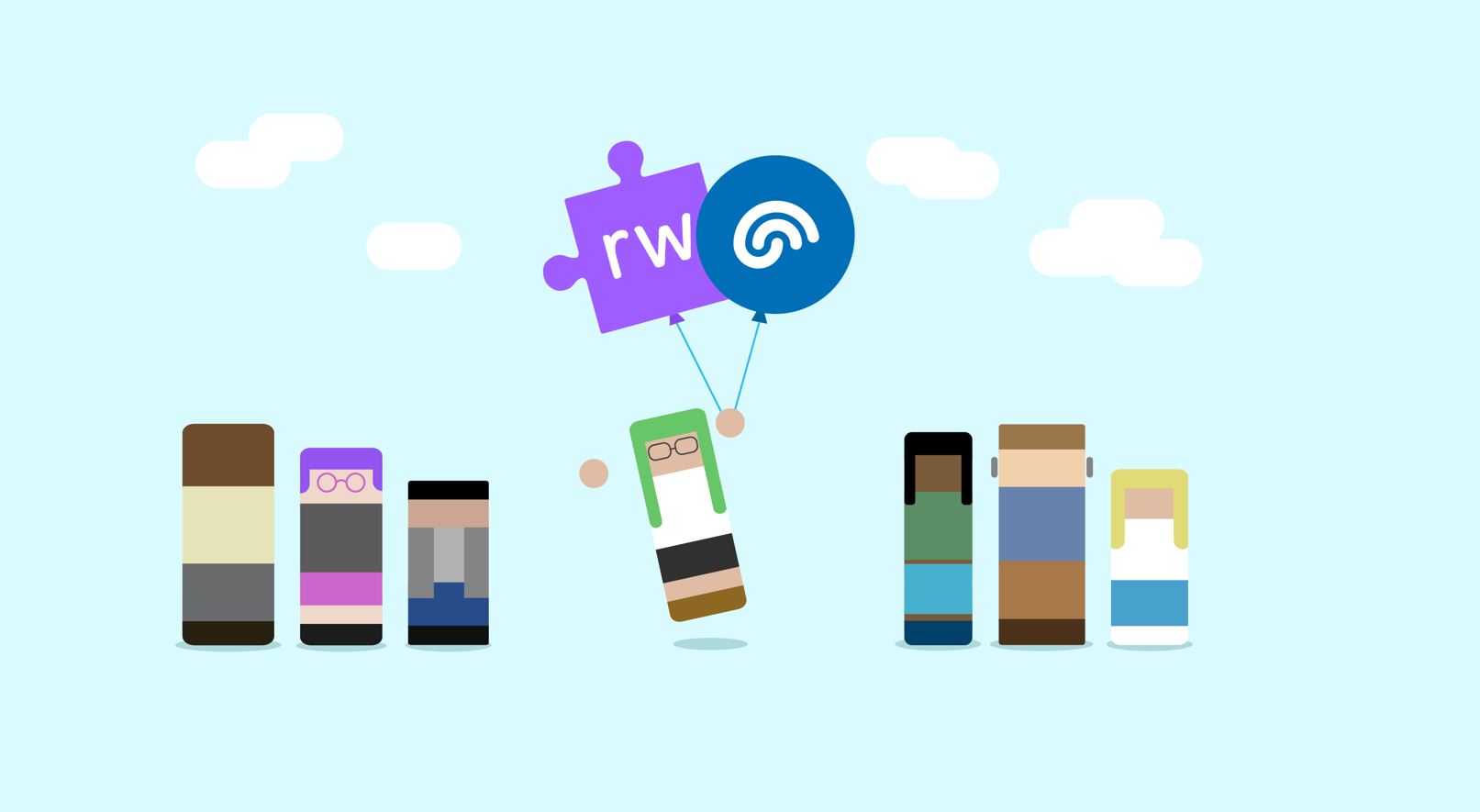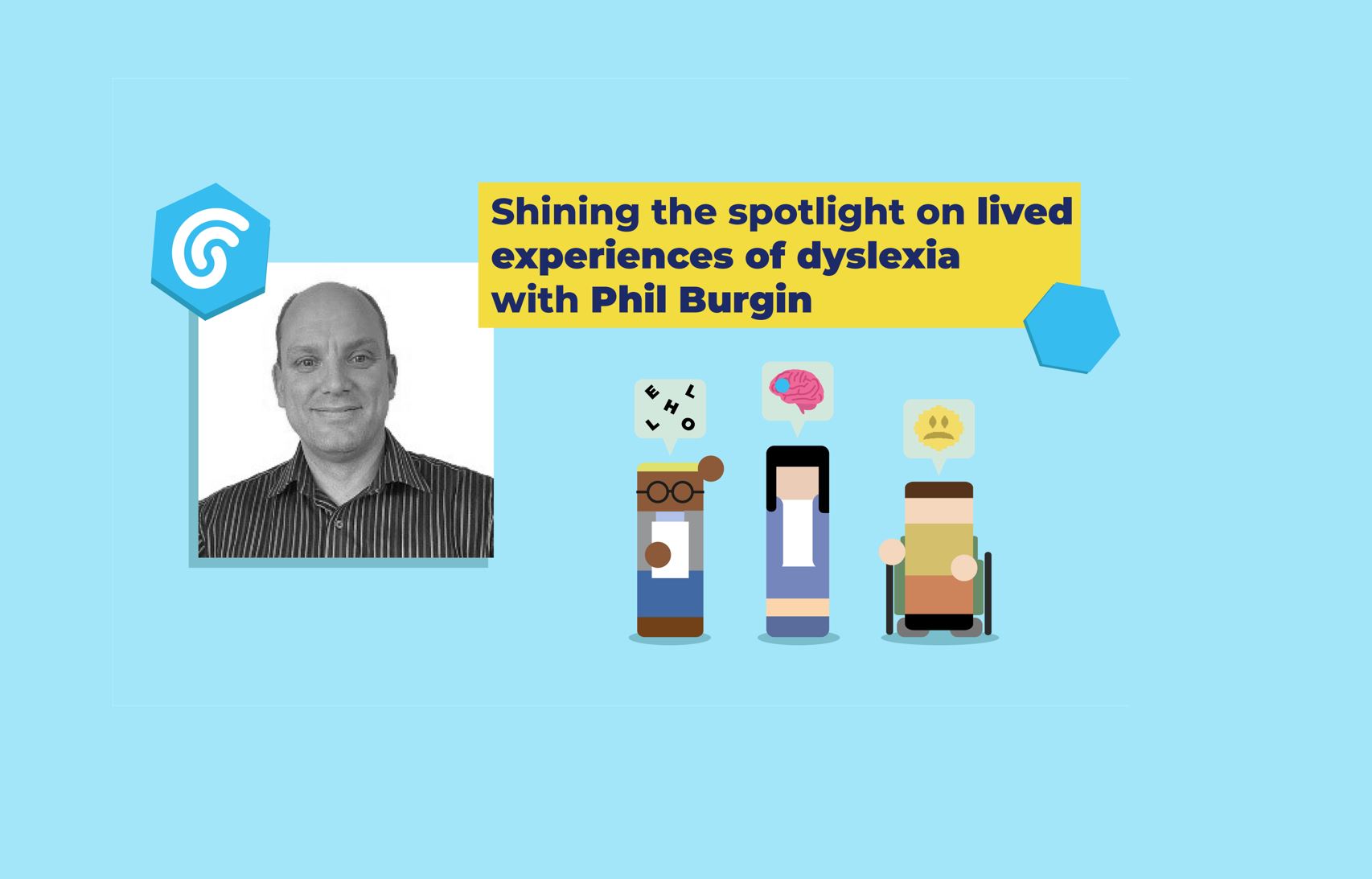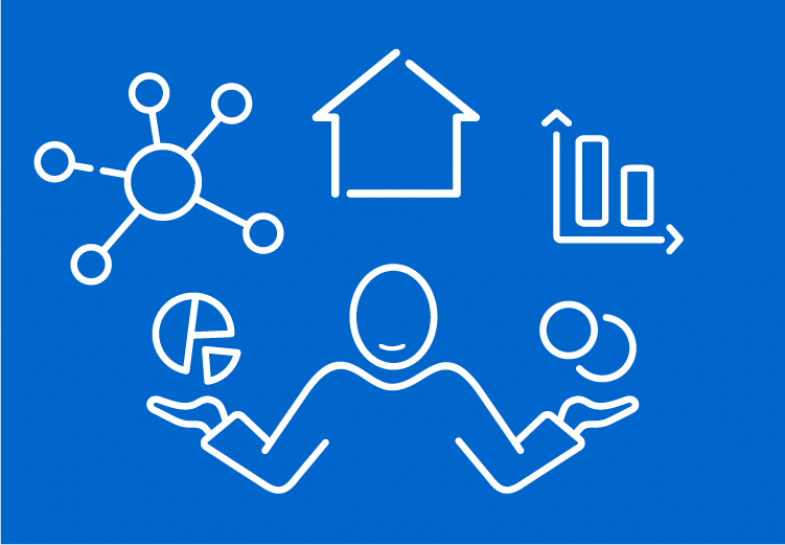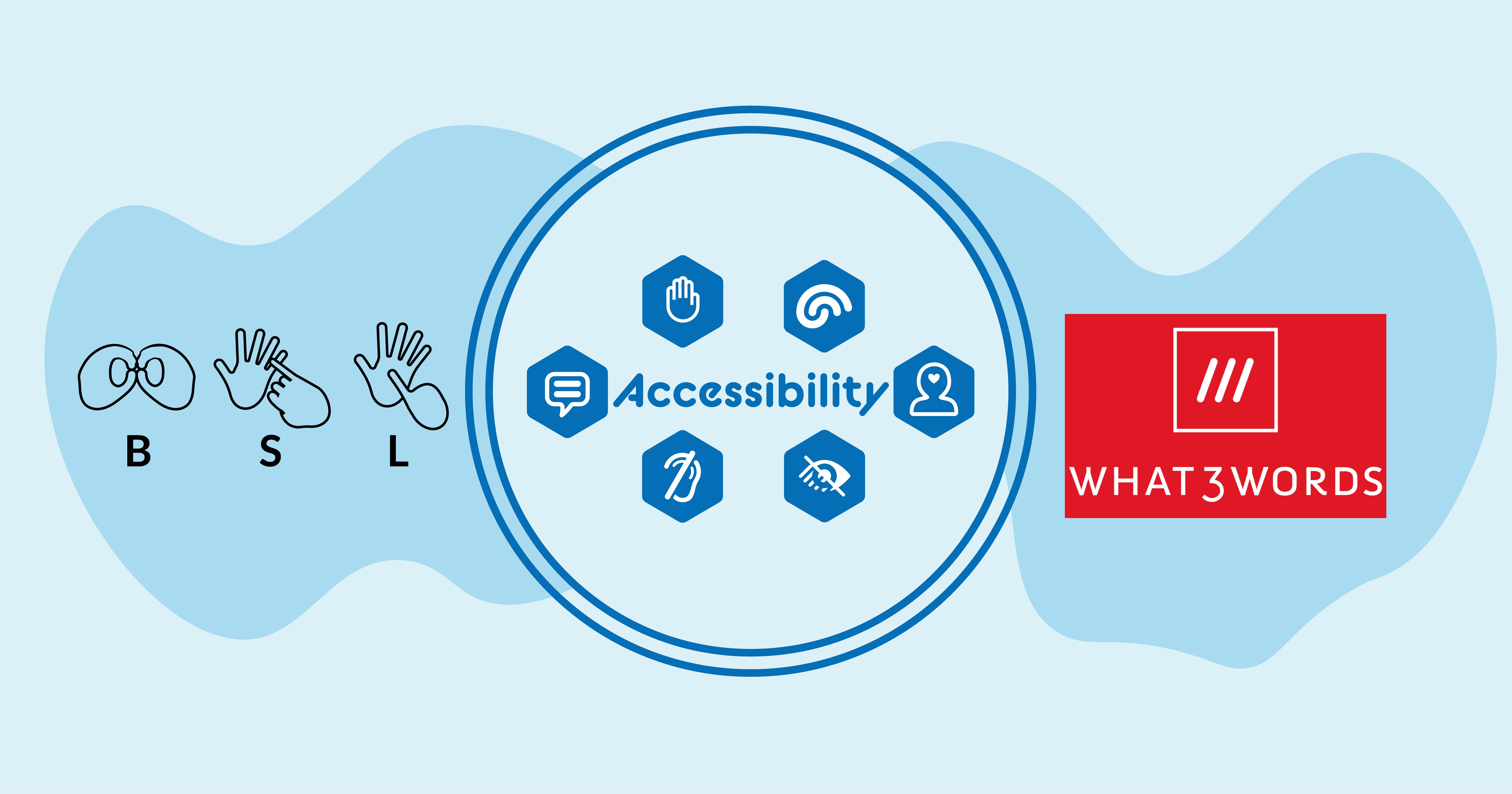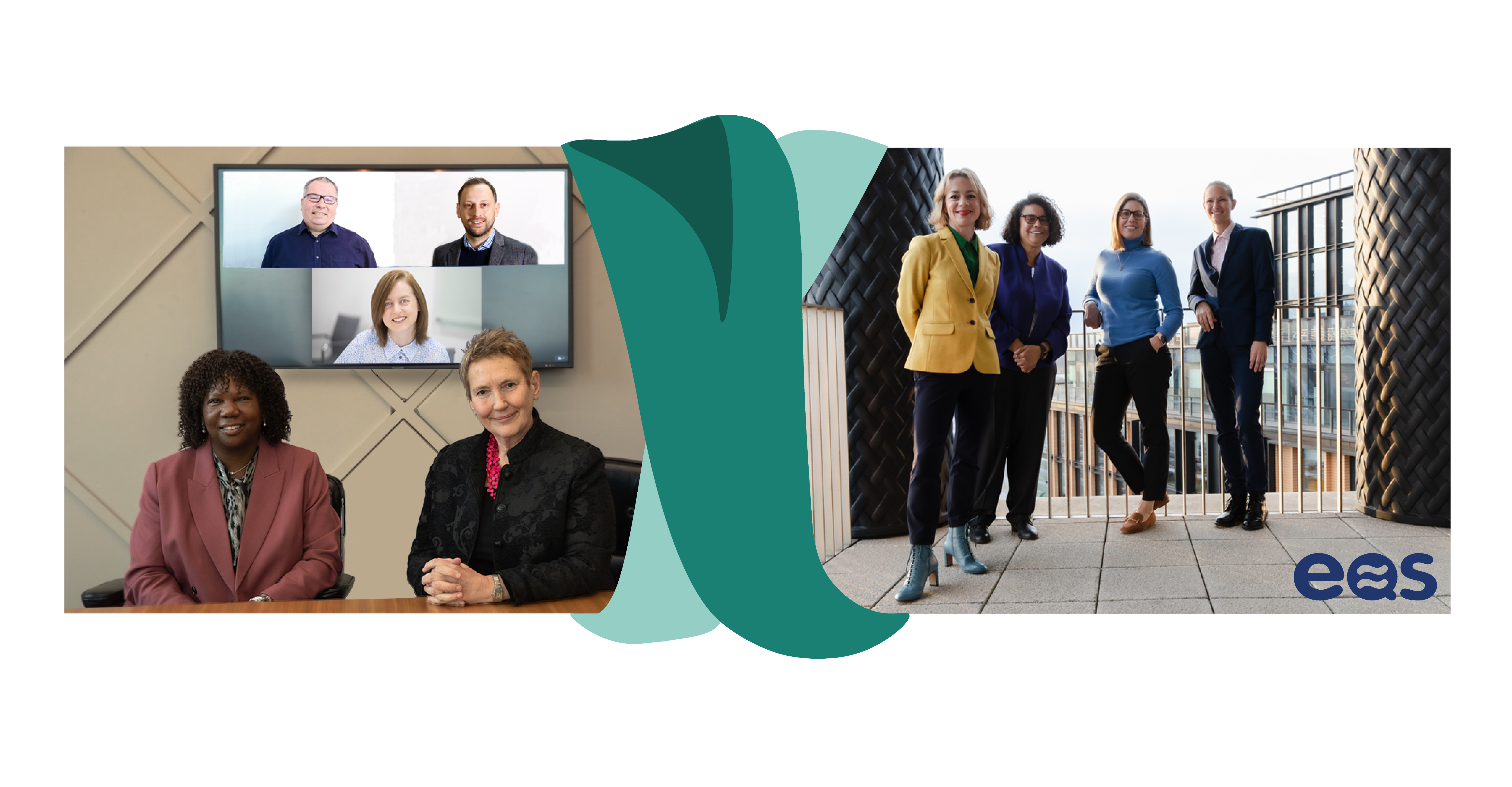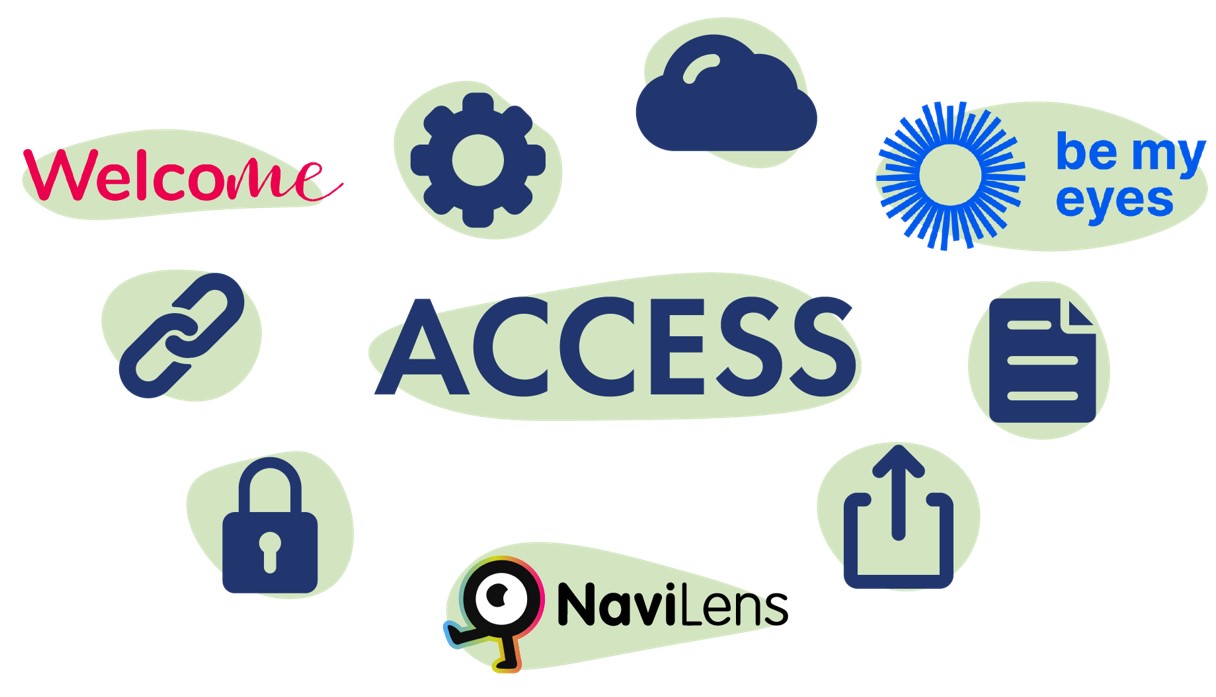Three innovative pieces of assistive technology that can help you fulfil your New Year’s resolution
New year, new you?
A recent survey found that 40% of UK adults planned to make a New Year’s resolution. Were you one of the 40%? Have you already broken your New Year’s resolution or did you not bother making one? After recently speaking with a meditation partitioner my resolution is to make sure I take time out for myself and to try meditation. I also want to try new things and get out of my comfort zone. That’s why, even as someone who absolutely hates heights, I have signed up for an indoor climbing class.
Year on year one of the most popular New Year’s resolutions is related to physical wellbeing such as exercising more, joining a gym or just getting out more, for example a daily walk. The benefits of exercise and getting outside are well documented. Recent research has found that low-intensity aerobic exercise for 30-35 minutes three to five times a week for 10-12 weeks is an effective way of increasing positive moods, for example enthusiasm and alertness. At Learning Labs we feel so strongly about the benefits of physical activity on your mental health that one of our Six Domains of Mental WellnessTM is literally called the Physical domain. Within this domain users can assess their own physical mental wellness as well as learn how physical activity helps their mental wellness and discover tools to develop their physical mental wellness.
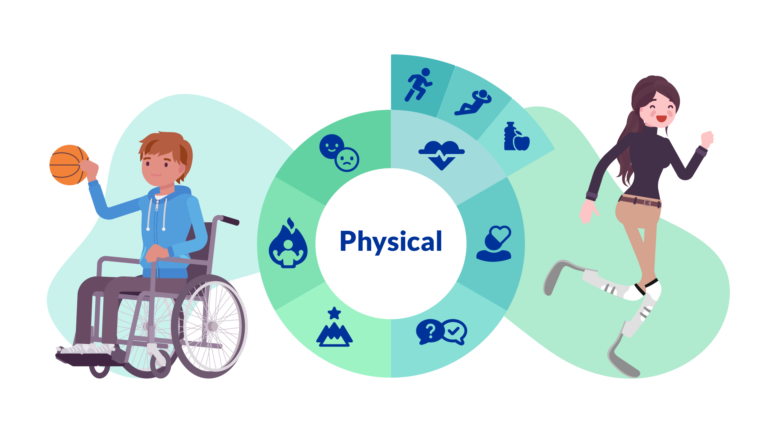
However, if you have a disability there can be barriers in place that prevent you from exercising when and/or as often as you like. A recent study found 78% of disabled people would like to be more active. That’s why, for this month’s blog, I would like to highlight three new pieces of assistive technology that could provide independence and help individuals enjoy the physical and mental benefits that come with exercising.
Socially distanced guiding
I first learnt about the companion cane during our CPD Rev TV series last year when our keynote address was by celebrity adventurer, entrepreneur and TV presenter, Amar Latif. Inspired by the challenges people with a visual impairment had encountered during the pandemic, Amar wanted to create a cane that enabled users to be guided whilst also social distancing. The companion cane is a horizontal cane design, with handles on each end, that extends from 1-metre to 1.5-metres. Users can safely walk either by the side of their guide or, if there is limited room, behind them without having to have physical contact.
Once social distancing is a thing of the past the companion cane will still be useful. By having horizontal extendable arms, the cane provides independence for the user as they can be assisted without a guide being by their side. As Amar says in the promotional video for the companion cane, which is available in full below, “sometimes you just need a bit of space”.
Nod and go
The recently developed munevo DRIVE is empowering wheelchair users who cannot use their hands to experience the great outdoors independently, without the reliance of someone having to help them manoeuvre their wheelchair.
The user wears a pair of smart glasses, which look near enough like any other pair of glasses. The glasses use built in sensors to translate head movements into control signals. The signals are then received, via Bluetooth, by an adapter attached to the electric wheelchair. The munevo DRIVE doesn’t just control wheelchairs. The smart glasses can also control smart home systems, smartphones and computers.
The developers of the munevo DRIVE are aware that not only are we all individual but our abilities and requirements will change over time. That’s why the munevo DRIVE includes a 20 second function which enables users to readjust the system depending on their sitting position, daily form or even the weather. You can check out the munevo DRIVE in action via the video below.
Hands-free footwear
A recent study asked people to rate their mood immediately after periods of physical activity (e.g. going for a walk or doing housework), and periods of inactivity (e.g. reading a book or watching television). The study found that participants felt more content, awake and calmer after being physically active compared to after periods of inactivity. Nike has recently enabled more people the option to exercise independently with the release of their Nike Go FlyEase trainer.
The Nike Go FlyEase trainer has an innovative design which enables it to be worn without the use of hands or laces. The trainer has a tension band that snaps into place when a foot is placed inside. To take the trainer off all you need to do is step on the heel to release the tension.
Nike were inspired to design the trainer after 16-year-old Matthew Walzer, who has cerebral palsy, emailed them explaining how he, and millions of people across the world, struggle to put on footwear. In his email Matthew wrote ‘At 16 years old, I am able to completely dress myself, but my parents still have to tie my shoes. As a teenager who is striving to become totally self-sufficient, I find this extremely frustrating, and at times, embarrassing.’ When the hands-free trainer was released Nike stated ‘this translates to serving the broadest range of active lifestyles possible — whether the wearer is champion fencer Bebe Vio, a student racing to class or a parent with their hands full.’
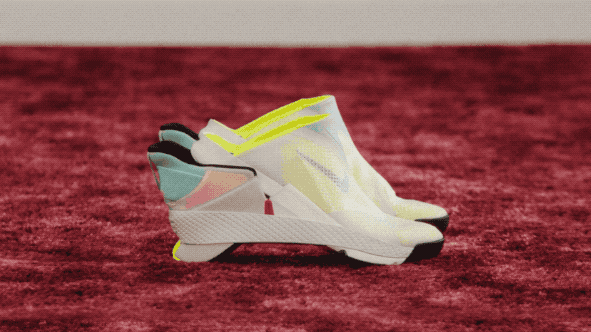
What do you think?
I’d love to hear from you if there are any other examples of newly released AT that you think should have made it on to my list. You can let me know via the comments below. I’m also interested to hear if you have set yourself a particular challenge as a New Year’s resolution? Maybe you plan to run a marathon for the first time in 2022.
Feel free to message me also if you would like to know more about our mental wellness portal and our Physical domain of mental wellness or any of our Six Domains of Mental WellnessTM.
Other blog articles


